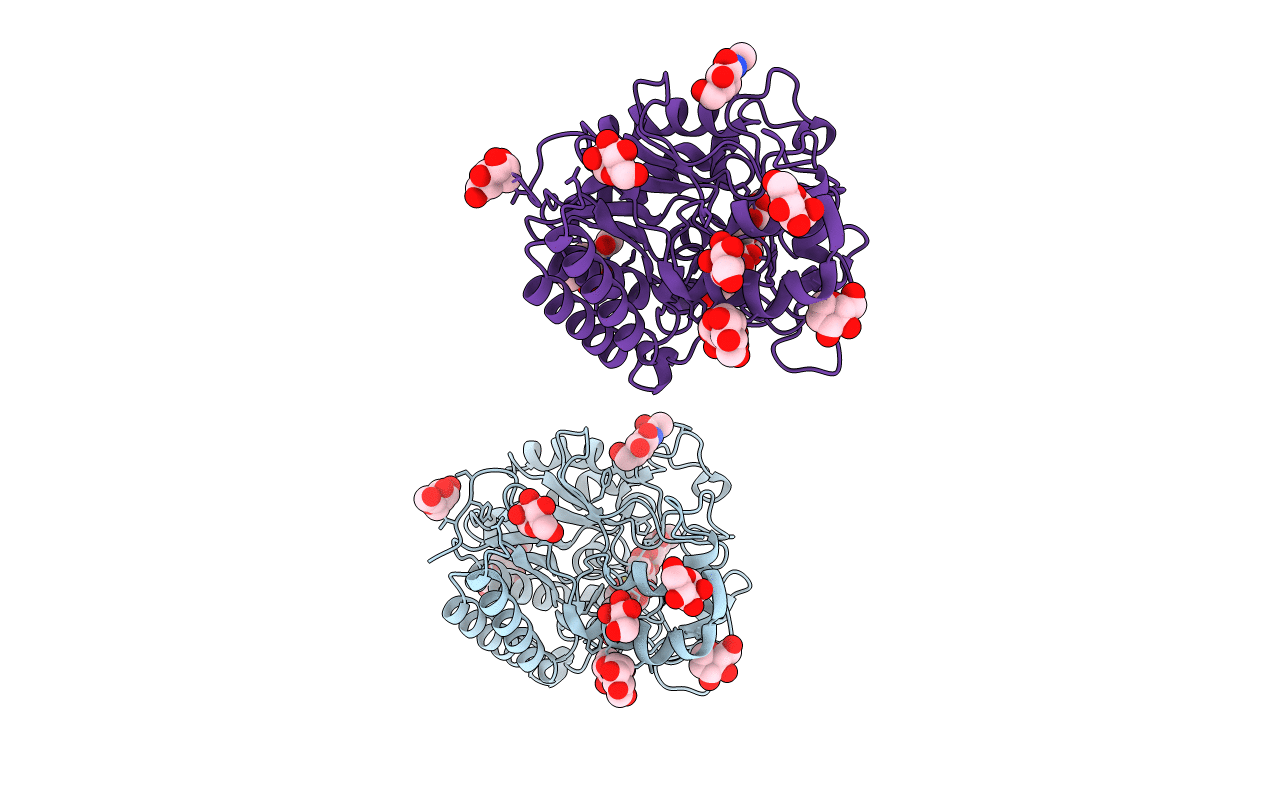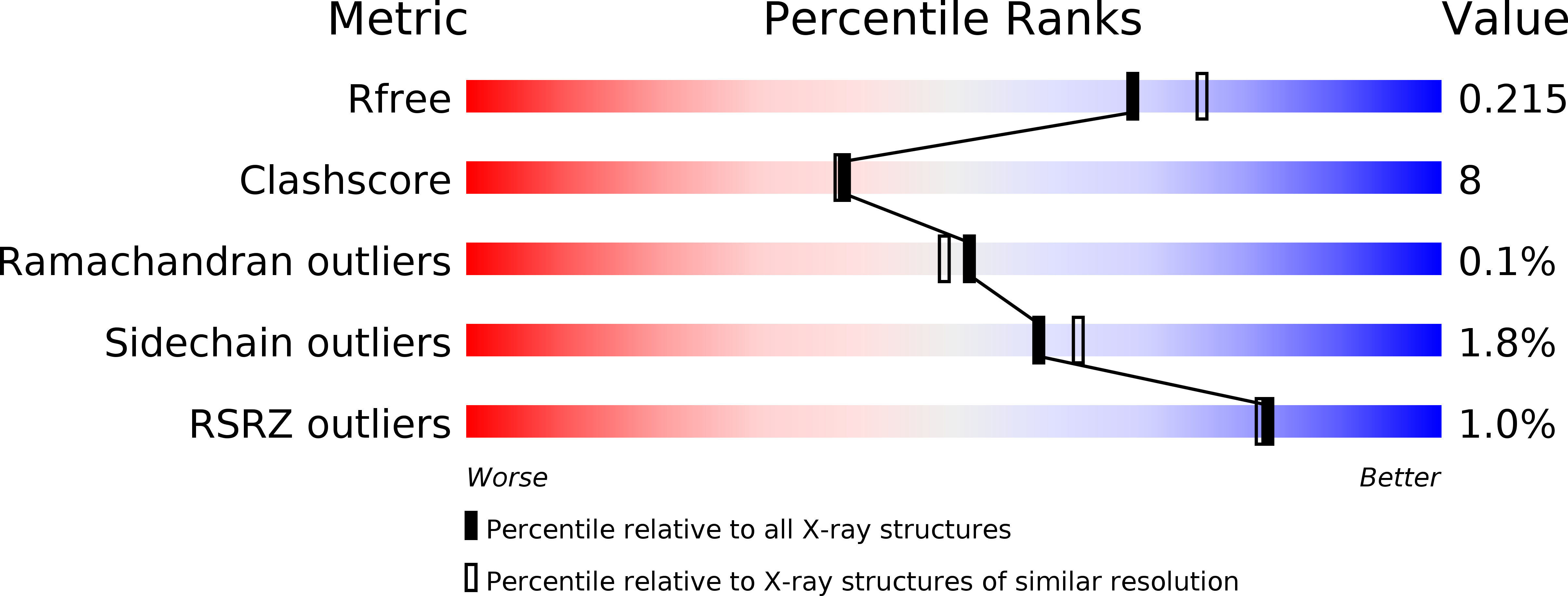
Deposition Date
1999-07-09
Release Date
1999-09-18
Last Version Date
2024-10-23
Entry Detail
Biological Source:
Source Organism:
TRICHODERMA REESEI (Taxon ID: 51453)
Host Organism:
Method Details:
Experimental Method:
Resolution:
2.00 Å
R-Value Free:
0.22
R-Value Work:
0.18
R-Value Observed:
0.18
Space Group:
P 1 21 1


